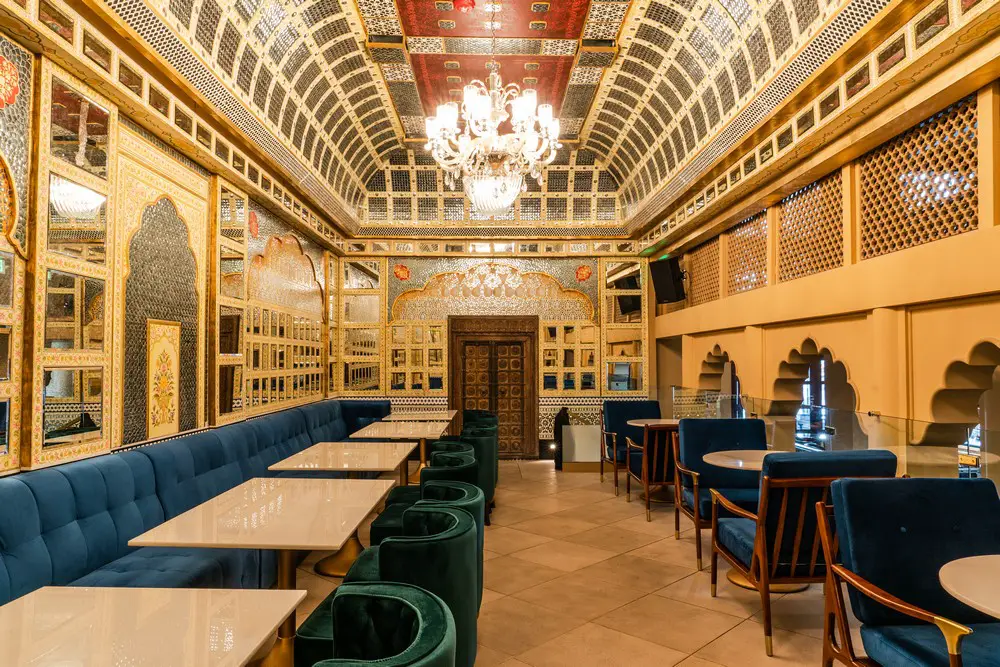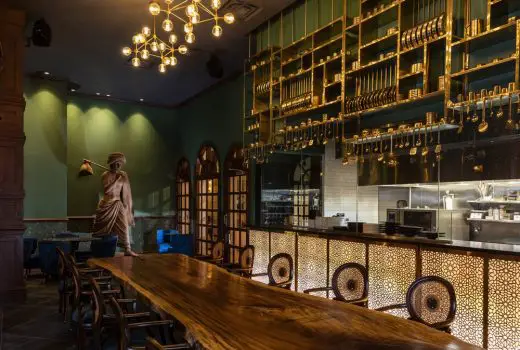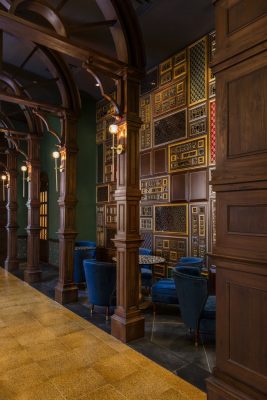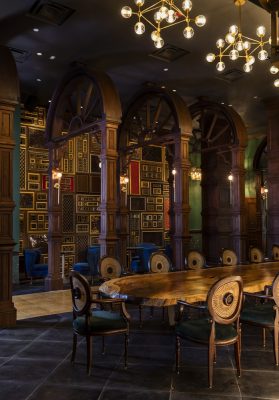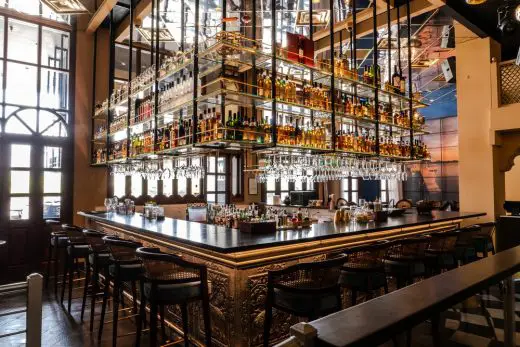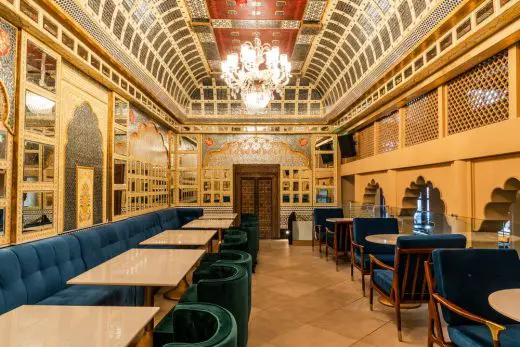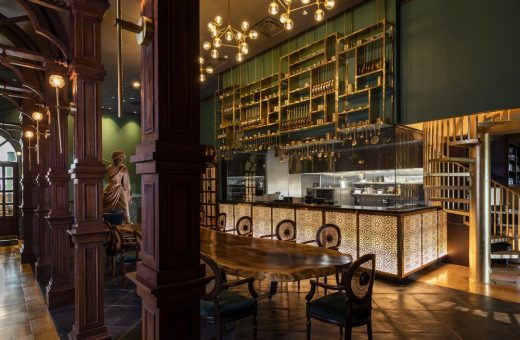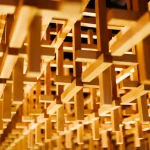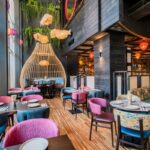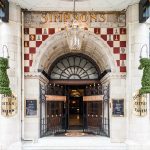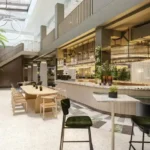Musaafer Restaurant, Houston Bar, Texas Interior Design, Texan Architecture, TX Design Photography
Musaafer Restaurant in Houston
post updated March 27, 2024
Architecture: Chromed Design Studio
Location: Houston, Texas, USA
Photos by Julie Soefer and Michael Anthony
Nov 9, 2020
Musaafer Restaurant
East Meets West
Living up to their core ethos & values, Chromed Design Studio has yet again displayed an immaculate artistic expression in the form of their latest project- Musaafer. Located in Houston, Texas, this 210-seater fine dine restaurant in the day & high energy bar by the night, vividly converts into a physical space manifesting diverse experiences. With the vision of paying homage to the opulence of India, Ar. Abhigyan Neogi, Founder & Principal Architect- Chromed Design Studio brings a myriad of flavors from the Indian subcontinent to the west.
Embarking on a 100-day journey, two Spice Route Co. chefs set foot in India with the ambitious task of traveling across 29 states, gathering stories and experiences along the way, and bringing back age-old regional recipes, which have now been translated into Musaafer’s eclectic menu. Integrating distinct characteristics from various parts of India, ranging from artifacts found in traditional spice markets, to the magnificent visual frames in the royal palaces, the interiors instill a regal charm into this all-purpose venue.
An amalgamation of traditional entities with elements of contemporary style, Musaafer effortlessly transcends boundaries & brings India closer to Texas. It endeavors to showcase the beauty of “royal” India by exhibiting a design that embodies authentic recipes and ingredients from the vast and multi-cultural subcontinent of India, taking an individual on a cultural journey across the country. The design brief of the restaurant was such, that reflects the vibrancy of Indian culture & cuisine. The repertoire of Chromed Design Studio stands out for the distinct character and personality that they imprint into each of their projects.
Culturally enlightening, and designed to enthrall visitors, this restaurant is divided into various zones based on a hierarchy of spaces. The main entrance embodies a crystal chandelier on the ceiling that highlights the grandeur of the space. The walls are adorned with royal paintings and artwork, ingressing an exceptionally grand demeanor. Right next to this magnificent entrance, a 1:1 sculpture of a Musaafer (Musafir) or – the traveler has been installed.
Merely gazing at the Musaafer tells one a lot about the untold story of the brand’s quest for Indian cuisine and culture. This 7-feet sculpture stands on a pedestal entailing the true character of the restaurant. As we delve deep into the restaurant through the ravishing corridor, inverted lamps varying in colors, fabrics, and patterns lead the way for an incomparable experience. Connecting both the entrances are the 16 feet long sequences of wooden arches called colonnades that were built throughout the restaurant.
In the prehistoric era, the diwan-e-khaas, also known as the hall of private audiences, was a space where the emperor received courtiers and state guests. Drawing inspiration from it, the diwan-e-khaas in the restaurant has been designed as a private area that is used for intimate gatherings for a larger group of guests. Similarly, Diwan-e-aam, also known as the Hall of Audience was a space where the emperor received members of the general public to discuss their grievances and problems.
Hence, the diwan-e-aam in the restaurant has been given a similar function; it is for a general gathering of people, and space is mainly used for conferences and meetings for discussion. In this space, a beautiful light fixture by Anila Quayyum Agha has been installed on the ceiling. The light fixture has been laser-cut and takes different octahedral and tetrahedral shapes creating illuminated environments from patterns of light and shadow.
The second level entrance showcases a traditional Dhokra Wall, an important design element in Indian culture, with brass carvings and panels of rich brocade. Progressing further, the private dining room, known as “Sheesh Mahal,” has a ceiling decorated with 200,000 hand-cut antique mirrors and is the most distinctive feature of the space. The Sheesh Mahal is a beautiful palace in Agra, India built by Mughal Emperor Shahjahan in A.D. 1631-40. The same language has been enacted in the restaurant where different shapes and sizes of mirrors have been carefully carved in the wall and ceiling to bedazzle the visitors.
This intricate glasswork is known as Thikri work. The courtyard is the common area in the restaurant which takes up most of the seating. It is a double space volume that creates a dramatic sensation, making the space feel larger and open. The main element of this courtyard is a grand lighting fixture on the ceiling which illuminates the entire courtyard.
The Shadow Room is tucked behind the Traveler’s Room and is a private dining space with dedicated seating for the restaurant’s twelve-course tasting menu. The Diwan Lounge takes its inventiveness from areas commonly found in affluent Indian homes with vignette seating, marble tables, and tufted sofas. The embellished wine display room is a center of attention off to the side.
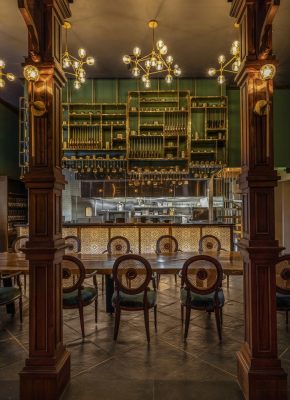
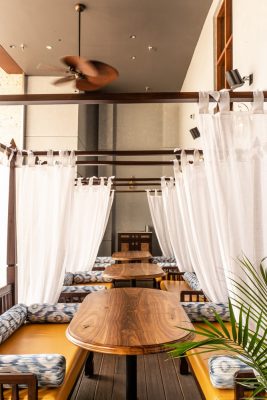
photo to the right © Julie Soefer – photo to the left © Michael Anthony
Classically detailed & made to inspire, the bar front is made up of Chitai work which is a complex Rajasthani art of beating metal to create different patterns. The shelf hung at top & metal sheet motifs give an eclectic mix of space and functionality to this bar. Another highlight of the bar lounge is the wall art encompassing the original photograph of the artistically carved Chatri at Gadsisar Lake in Jaisalmer, Rajasthan.
Cherishing the view of the lake, the visitors experience a sense of tranquil & calmness. Right across the bar is the kitchen area that features a unique characteristic wall that acts as a storage space for liquor. It has been beautifully designed with quirky elements: from the Banarasi cloth used as shutters to the Dhokra sculptures, this wall has been strategically placed reminding the visitors of the enchanting folk motifs of India. Magnifying the vibrancy of the pleasant outdoor setting by bringing in exuberant colors within the space, Musaafer’s design aims at converting the abstract concept of “the traveler“ into a phenomenal expanse which is threaded together by one common vision of paying homage to the grandeur of India.
Impeccable interiors, gorgeous sceneries coupled with exquisite flavors render an unforgettable experience for everyone. Chromed Design Studio hence steadily marches ahead, triumphantly introducing avant-garde Indian design & craftsmanship at a global scale. Unlock all of your five senses & immerse yourself in the culturally embedded design of Musaafer.
Musaafer Restaurant in Houston, Texas – Building Information
Architect’s Firm: Chromed Design Studio
Design Team: Deepanita, Kanika, Rohit, Abhigyan Neogi
Project Location: Houston, Texas
Commencement: May 2018
Completion: May 2020
Gross Built Area: 11,000 sq.ft
Project Cost: NA
Photography: Julie Soefer and Michael Anthony
Musaafer Restaurant, Houston, Texas images / information received 091120
Location: Houston, Texas, USA
Houston Architecture
New Houston Architectural Designs
Nancy and Rich Kinder Building at Museum of Fine Arts Houston
Design: Steven Holl Architects
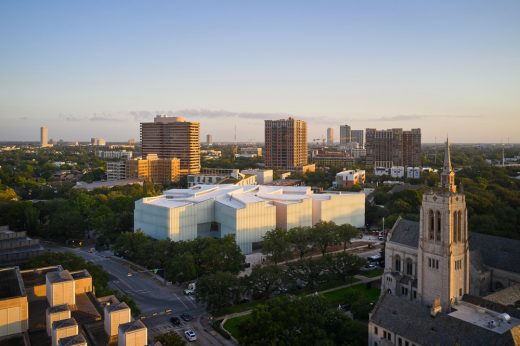
photo : Peter Molick, Thomas Kirk III
Nancy and Rich Kinder Building
Museum of Fine Arts Houston Expansion
Design: Steven Holl Architects
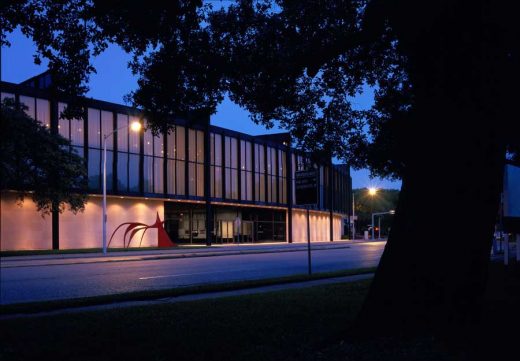
photo © MFAH
Museum of Fine Arts Houston Expansion
Family HQ House
Design: Viviano Viviano
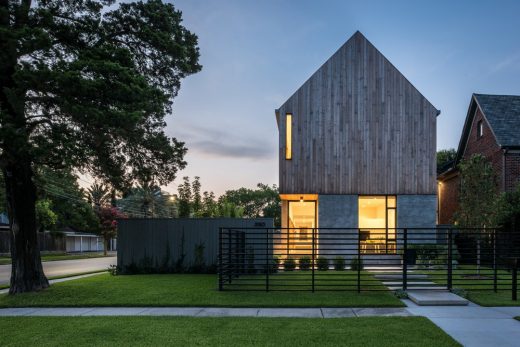
photo : Peter Molick and Jack Thompson
New Houston House
Design: Gensler
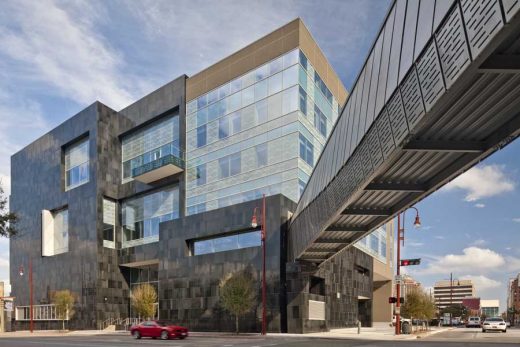
image : Nic Lehoux
Houston Ballet Building
Rice University Dormitories – North College redevelopment
Design: Hopkins Architects
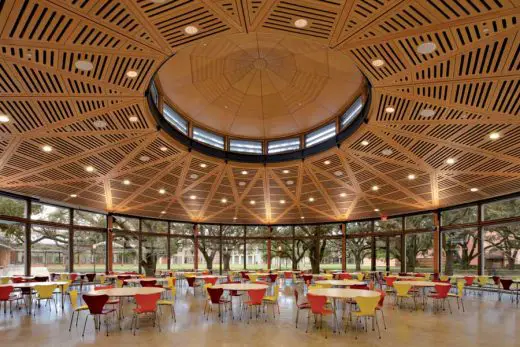
photo © Robert Benson
North College Rice University
USA Building Designs
Contemporary Architecture in USA
Comments / photos for the Musaafer Restaurant Houston, Texas design by Chromed Design Studio page welcome.

